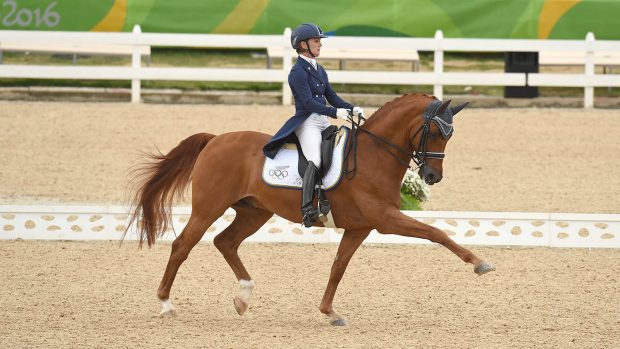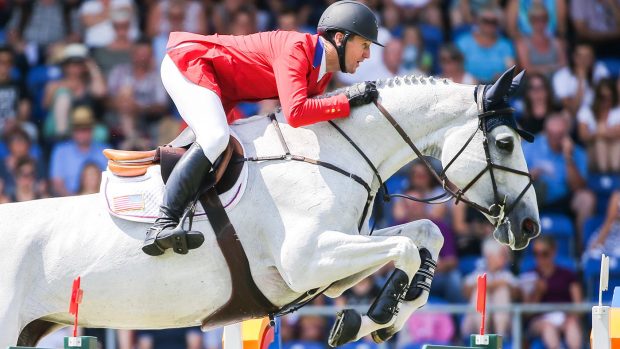As we countdown to the FEI World Equestrian Games, we bring you all you need to know about each of the equestrian sports.
What’s the format?
This is a 160km race, completed in one day on Wednesday, 12 September. It is being held across the grounds of the Tryon estate and the surrounding area.
There will be at least six loops on the ride. After each loop there is a vetgate. Here crews work to cool the horses and lower their heart rates enough to present them to the vets as quickly as possible — the heart rate must be down to 64 beats per minute to present the horse. As the clock is still running until a horse is presented, speed of presentation is vital as horses can overtake by fast presentation.
Once the horse has been presented and passed, the clock stops and there is a set minimum hold time during which the horse must remain in the vetgate. The set hold time must have a ratio of at least one minute to one km (so a minimum 35min hold for a 35min loop), the maximum scheduled hold time is 60min and there must be at least one hold of at least 50min. The technical delegate or the ground jury, together with the veterinary commission, can decide to modify the length of timed holds according to extreme weather conditions or other exceptional circumstances
Horses can be eliminated at the vetgates on their heart rate, lameness or other reasons, such as metabolics (when the vets are concerned about the horse’s overall condition and fitness to continue).
The final horse check is 30min after arrival at the finish and is a crucial part of the competition, as a horse can still be eliminated here just as at the other vetgates.
How does the scoring work?
The winner is the first horse past the post who is also passed by the vets. Teams consist of three or four horses and times for the three fastest pairs in the team are added together to give the team score. The fastest combined time wins.
Horses’ average speeds are given in kph, with the fastest ones likely to complete at over 20kph.
Nations can field a maximum of four horses and riders. A country which doesn’t have a team can send one or two individual competitors.
How many medals are there and when are they awarded?
There is one set of team medals and one set of individual medals. The medal ceremony is on Thursday, 13 September.
Who’s representing Britain?
Details of the British squad will be revealed in due course.
Do they have a chance?
Britain does not have a great record in recent senior championships — they have not won a medal since 2000.
When will H&H report it?
H&H’s WEG reports will run in 20 and 27 September issues of the magazine.
We will also carry reports, pictures and video online throughout the competition. Find all our online WEG coverage here >>
For an early look at the WEG venue, turn to p34 of 18 January issue of Horse & Hound magazine. The full WEG preview will be on sale on Thursday 6 September.





